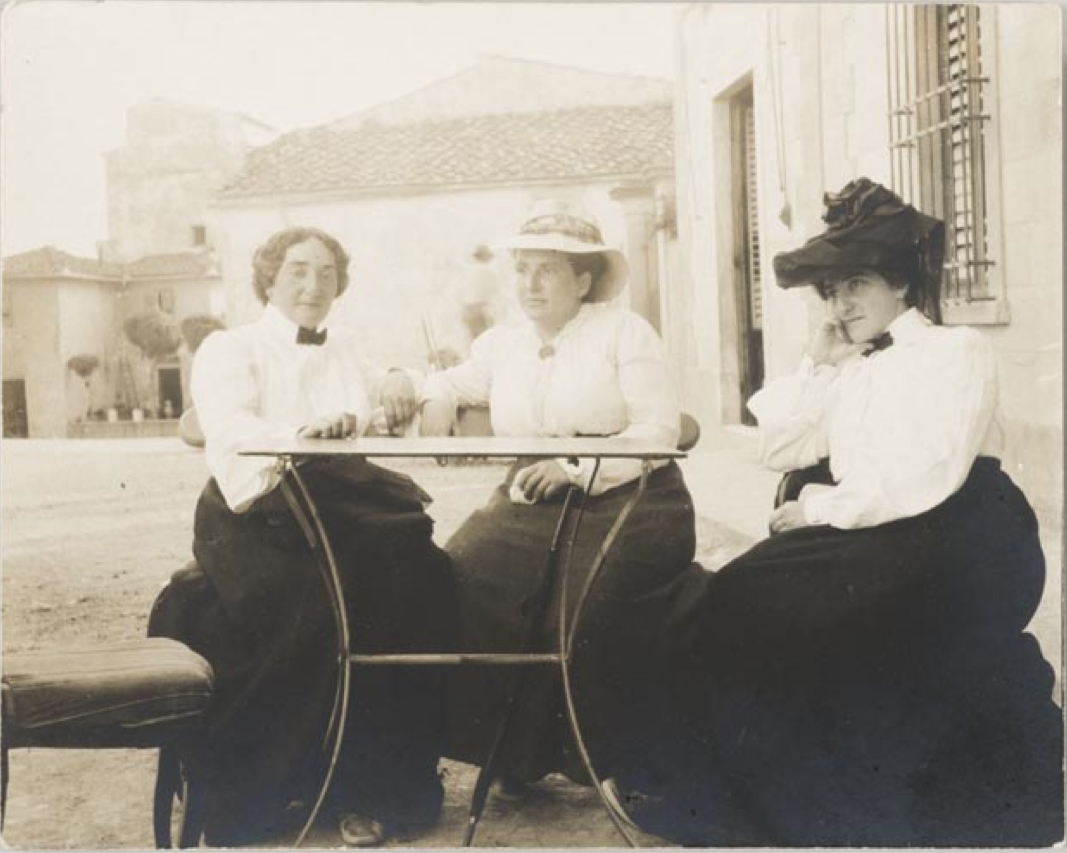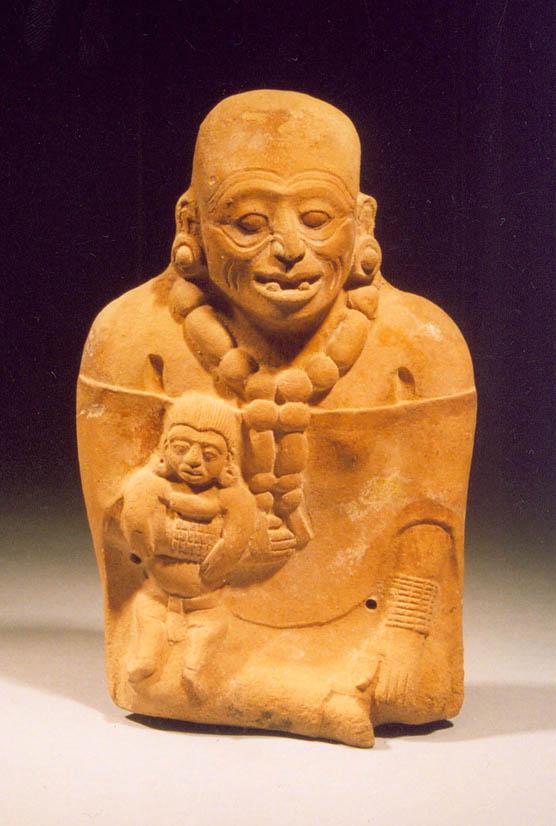|
Robe Violette Et Anémones
''Purple Robe and Anemones'' (French: ''Robe violette et Anémones'') is a 1937 painting by Henri Matisse featuring a woman wearing a purple robe sitting next to a vase of anemones. The painting is among those purchased by art collector and socialite Etta Cone and is part of the Cone Collection at Baltimore Museum of Art. The painting has been called "one of the best-loved pieces" of that collection, a collection estimated to be worth almost a billion dollars in 2002. The painting has been described as showing "Henri Matisse's comprehensive use of space: not much is left empty, creating a rich viewing experience." It has also been said that it is "a great example of Matisse's use of flat areas of bold color and pattern", as the placement of overlapping objects creates a sense of space with simple lines, suggestive of volume. See also * List of works by Henri Matisse This is an incomplete list of works by the French modern artist Henri Matisse (31 December 1869 – 3 November 1 ... [...More Info...] [...Related Items...] OR: [Wikipedia] [Google] [Baidu] |
Henri Matisse
Henri Émile Benoît Matisse (; 31 December 1869 – 3 November 1954) was a French visual arts, visual artist, known for both his use of colour and his fluid and original draughtsmanship. He was a drawing, draughtsman, printmaking, printmaker, and sculpture, sculptor, but is known primarily as a painter. Matisse is commonly regarded, along with Pablo Picasso, as one of the artists who best helped to define the revolutionary developments in the visual arts throughout the opening decades of the twentieth century, responsible for significant developments in painting and sculpture. The intense colourism of the works he painted between 1900 and 1905 brought him notoriety as one of the Fauvism, Fauves (French language, French for "wild beasts"). Many of his finest works were created in the decade or so after 1906, when he developed a rigorous style that emphasized flattened forms and decorative pattern. In 1917, he relocated to a suburb of Nice on the French Riviera, and the more re ... [...More Info...] [...Related Items...] OR: [Wikipedia] [Google] [Baidu] |
Anemone
''Anemone'' () is a genus of flowering plants in the buttercup family Ranunculaceae. Plants of the genus are commonly called windflowers. They are native to the temperate and subtropical regions of all regions except Australia, New Zealand, and Antarctica. The genus is closely related to several other genera including '' Anemonoides'', '' Anemonastrum'', '' Hepatica'', and '' Pulsatilla''. Some botanists include these genera within ''Anemone''. Description ''Anemone'' are perennials that have basal leaves with long leaf-stems that can be upright or prostrate. Leaves are simple or compound with lobed, parted, or undivided leaf blades. The leaf margins are toothed or entire. Flowers with 4–27 sepals are produced singly, in cymes of 2–9 flowers, or in umbels, above a cluster of leaf- or sepal-like bracts. Sepals may be any color. The pistils have one ovule. The flowers have nectaries, but petals are missing in the majority of species. The fruits are ovoid to obovoid sh ... [...More Info...] [...Related Items...] OR: [Wikipedia] [Google] [Baidu] |
Etta Cone
Claribel Cone (1864–1929) and Etta Cone (1870–1949), collectively known as the Cone sisters, were active as American art collectors and socialites during the first part of the 20th century. Claribel trained as a physician and Etta as a pianist. Their social circle included Henri Matisse, Pablo Picasso and Gertrude Stein. They gathered one of the best known private collections of modern art in the United States at their Baltimore apartments, and the collection now makes up a wing of the Baltimore Museum of Art. Their collection was estimated to be worth almost a billion US dollars in 2002. Early life The Cones' parents were Herman (Kahn) Cone and Helen (Guggenheimer) Cone, who were German-Jewish immigrants. Herman, who had immigrated from Altenstadt in Bavaria (South of Ulm), anglicized his last name (changing it from "Kahn" to "Cone") almost immediately upon arrival in the United States in 1845. Until 1871, the family lived in Jonesboro, Tennessee, where they had a successfu ... [...More Info...] [...Related Items...] OR: [Wikipedia] [Google] [Baidu] |
Baltimore Museum Of Art
The Baltimore Museum of Art (BMA) in Baltimore, Maryland, is an art museum that was founded in 1914. The BMA's collection of 95,000 objects encompasses more than 1,000 works by Henri Matisse anchored by the Cone Collection of modern art, as well as one of the nation's finest holdings of prints, drawings, and photographs. The galleries currently showcase collections of art from Africa; works by established and emerging contemporary artists; European and American paintings, sculpture, and decorative arts; ancient Antioch mosaics; art from Asia, and textiles from around the world. The museum is distinguished by a neoclassical building designed in the 1920s by American architect John Russell Pope and two landscaped gardens with 20th-century sculpture. The museum is located between Charles Village, Baltimore, Charles Village, to the east, Remington, Baltimore, Remington, to the south, Hampden, Baltimore, Hampden, to the west; and south of the Roland Park, Baltimore, Roland Par ... [...More Info...] [...Related Items...] OR: [Wikipedia] [Google] [Baidu] |
List Of Works By Henri Matisse
This is an incomplete list of works by the French modern artist Henri Matisse (31 December 1869 – 3 November 1954). He is admired for his use of color and his fluid, brilliant and original draughtsmanship. He was a Master drawing, draughtsman, printmaking, printmaker, and Sculpture, sculptor, but is known primarily as a Painting, painter. Although he was initially labeled as a Fauvism, Fauve (wild beast), by the 1920s, he was increasingly hailed as an upholder of the classical tradition in French painting.Wattenmaker, Richard J.; Distel, Anne, et al. (1993). ''Great French Paintings from the Barnes Foundation''. New York: Alfred A. Knopf. . p. 272 His mastery of the expressive language of color and drawing, displayed in a body of work spanning over a half-century, won him recognition as a leading figure in modern art. Paintings Sculptures Many of Matisse's sculptures were modeled in clay and later Bronze casting, cast in bronze, a process which allows for multiple copies to be ... [...More Info...] [...Related Items...] OR: [Wikipedia] [Google] [Baidu] |
1937 Paintings
Events January * January 1 – Anastasio Somoza García becomes President of Nicaragua. * January 5 – Water levels begin to rise in the Ohio River in the United States, leading to the Ohio River flood of 1937, which continues into February, leaving 1 million people homeless and 385 people dead. * January 15 – Spanish Civil War: The Second Battle of the Corunna Road ends inconclusively. * January 23 – Moscow Trials: Trial of the Anti-Soviet Trotskyist Center – In the Soviet Union 17 leading Communists go on trial, accused of participating in a plot led by Leon Trotsky to overthrow Joseph Stalin's regime, and assassinate its leaders. * January 30 – The Moscow Trial initiated on January 23 is concluded. Thirteen of the defendants are Capital punishment, sentenced to death (including Georgy Pyatakov, Nikolay Muralov and Leonid Serebryakov), while the rest, including Karl Radek and Grigory Sokolnikov are sent to Gulag, labor camps and later murdered. They were i ... [...More Info...] [...Related Items...] OR: [Wikipedia] [Google] [Baidu] |
Paintings By Henri Matisse
Painting is a Visual arts, visual art, which is characterized by the practice of applying paint, pigment, color or other medium to a solid surface (called "matrix" or "Support (art), support"). The medium is commonly applied to the base with a brush. Other implements, such as palette knives, sponges, airbrushes, the artist's fingers, or even a dripping technique that uses gravity may be used. One who produces paintings is called a painter. In art, the term "painting" describes both the act and the result of the action (the final work is called "a painting"). The support for paintings includes such surfaces as walls, paper, canvas, wood, glass, lacquer, pottery, leaf, copper and concrete, and the painting may incorporate other materials, in single or multiple form, including sand, clay, paper, cardboard, newspaper, plaster, gold leaf, and even entire objects. Painting is an important form of visual arts, visual art, bringing in elements such as drawing, Composition (visual art ... [...More Info...] [...Related Items...] OR: [Wikipedia] [Google] [Baidu] |






